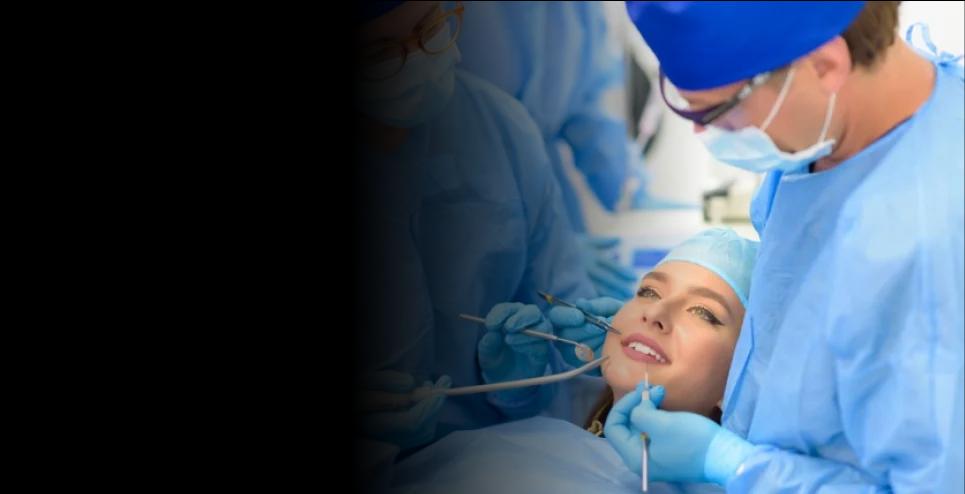PELD
at Sterling Hospitals

at Sterling Hospitals

How can we help you?
PELD
PELD stands for Percutaneous Endoscopic Lumbar Discectomy. It is a minimally invasive surgical procedure used to treat herniated discs in the lumbar spine. During PELD, a small incision is made in the back, and a specialized endoscope is inserted to visualize and remove the herniated portion of the disc that is pressing on the nerves.
When and why do people go for PELD?
People undergo PELD when they experience symptoms such as lower back pain, sciatica, numbness, or weakness in the legs due to a herniated disc in the lumbar spine. The surgery may be recommended when conservative treatments such as medication, physical therapy, or epidural injections fail to provide adequate relief. PELD is typically performed to alleviate nerve compression, reduce pain, and improve overall spinal function and mobility.
What makes PELD different from other treatment options?
PELD differs from other treatment options for herniated discs, such as traditional open discectomy or non-surgical treatments like medication or physical therapy, in that it is a minimally invasive procedure that allows for targeted removal of the herniated disc material while preserving surrounding healthy tissue. Unlike open surgery, which requires larger incisions and longer recovery times, PELD is performed using small incisions and specialized instruments, resulting in shorter hospital stays, reduced postoperative pain, and faster recovery times. Additionally, PELD offers the advantage of direct visualization of the surgical site through the endoscope, allowing for greater precision and accuracy in removing the herniated disc fragment.
How does life change after PELD?
Life after PELD can vary depending on the extent of the procedure, the individual's overall health, and the severity of their symptoms. Many people experience significant relief from lower back pain, leg pain, and other symptoms associated with a herniated disc after surgery, as the procedure helps to decompress the affected nerves and alleviate pressure on surrounding tissues. Recovery from PELD is typically faster than with traditional open surgery, and most patients are able to resume normal activities within a few days to weeks after the procedure. With proper postoperative care and rehabilitation, most individuals can expect to enjoy improved spinal function and mobility after PELD. Regular follow-up appointments with healthcare providers are essential for monitoring recovery, managing any potential complications, and ensuring optimal long-term spinal health.
Our Doctors
Our
Doctors
Our physicians are committed to delivering personalized care tailored to your unique needs. From routine check-ups to complex procedures, trust in our compassionate experts to guide you on your journey to optimal health and well-being.


